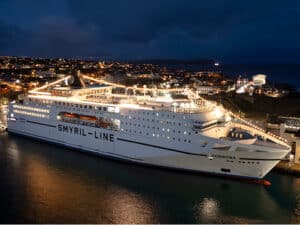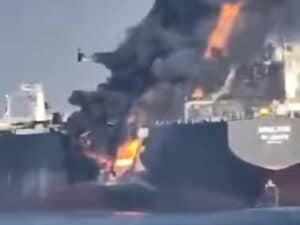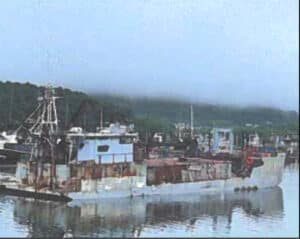
LR publishes rules for stern-first ice-class ships
Written by Nick Blenkey Lloyd’s Register has published the first dedicated set of rules for stern-first ice-class ships. The release of the rules comes as more and more ships are being ordered with options such as podded propulsion systems and azimuthing thrusters – products that can improve icebreaking capability and reduce resistance — allowing them to navigate stern first through ice.
Lloyd’s Register has published the first dedicated set of rules for stern-first ice-class ships. The release of the rules comes as more and more ships are being ordered with options such as podded propulsion systems and azimuthing thrusters – products that can improve icebreaking capability and reduce resistance — allowing them to navigate stern first through ice.
“These practical rules are answering a growing demand in the market and include the use of standard operational scenarios to provide designers with a basis for prescriptive rule applications that have been validated with designers and operators of these specialist ships,” said Robert Tustin, Lloyd’s Register’s Technical Manager for New Construction in Asia.
Lloyd’s Register has had a long involvement in the development of this class of ships. Mastera and Tempera – two 106,000 dwt “double-acting” tankers owned by Neste — were built to its class in 2002 and 2003 at Sumitomo’s yard in Japan. The ships were deployed to the Baltic, where they often operate stern first in heavy ice conditions, independent from icebreakers.
Other tankers, such as Sovcomflot’s Mikhael Ulyanov and Kiril Lavrov, were designed and built for operating stern-first in ice in the Arctic. These ships, dual classed by Lloyd’s Register and the Russian Maritime Register of Shipping, were designed to eventually shuttle crude from the Prirazlomnoye platform in the Pechora Sea to a floating storage and offloading unit moored off Murmansk.
The development of Lloyd’s Register’s new rules were supported and validated by leading ice-class tanker designers, key regulators and operators.
The interpretation of regulatory and other rule requirements — and validation of strength levels for the hull and propulsion units — were confirmed by a review of the current fleet of double-acting ships, ensuring that practical experience supported the rules’ development.
They offer the following key interpretations:
- The ship is considered as a bow-first and stern-first vessel for application of ice-class rule requirements for hull and machinery
- It is also considered as a stern-first ship for the application of navigation-related rules and regulations
- In other cases, the rule applies to bow-first ships only
The rules also include a framework for alternative-load scenarios when unusual operations are envisaged, as well as interpretations of international regulations and classification rules based upon industry precedents, said Tustin.
April 20, 2012





Leave a Reply
You must be logged in to post a comment.